If you are training for an ironman, it’s very likely you are following a training plan that calls for a weekly long swim, long bike and long run, these are on separate days and the idea behind breaking the work down, you can train fresher, with better technique, faster, and recovery quicker from each of these, the day after a long bike or long run for example, you can easily do a high intensity swim workout and keep on adding fitness with no long recovery needed within your week.
However, beginner athletes, with zero to little experience in the ironman distance may benefit from a race simulation during their prep. The benefits are:
Confidence: The suggested distance is as long as your body can handle without requiring a long period of recovery. Anything longer than that and you may as well do the whole ironman distance in training. You can’t really simulate the back end of the ironman marathon while training, you are better by stopping just before that, recovering fast, then getting back to consistent training.
Specific Endurance Training: While you can acquire endurance by training each discipline separately and that has its benefits too, a long training day is as specific as it gets for your endurance, once you bounce back from the stress of this race simulation, you will find your fitness at a new level
Pacing strategy: You will be able to simulate, at least under a less stressful environment (no pre-race adrenalin), how well you can pace at this strange. You will see guidelines and goals for each segment of the simulation. On race day, pacing, along with nutrition, are the two biggest components that will impact your race, since there isn’t anything you can do about your fitness on that day. Failing to get the pacing right in training is a guaranteed recipe for disaster on race day.
Equipment testing: How many times have you done a long swim in your wetsuit? If you live in a warmer weather place, chances are you didn’t even have a wetsuit before signing up for your ironman overseas and the chafing some of these suits give is something you want to be aware of and be ready for on race day (with a lot of Vaseline). Make sure you also test all the equipment you plan to use on race day, wheels, helmet, shoes, anything that you keep on a race bag and only use when racing, should be tested on your race simulation day
Nutrition: The goal here is to test for any issues related to either your stomach not tolerating well your nutrition, or you just get sick of the gels and flavoring you first thought you would handle over the race. Keep in mind that race day will see additional stress on your stomach so your nutrition strategy has to be perfect in training, if you have small issues, these are likely to be much bigger come race day
Other weaknesses: Putting the body through enough stress can also show you a few weak links that a normal training day won’t. It can be a comfort issue on the bike for example, tight neck or back that without the swimming prior you don’t feel but in this simulation it will allow you to tweak details such as bike fit, core strength, flexibility, that would have slowed you down on race day.
Scheduling it within your training plan
Pick a weekend, 6 to 8 weeks out, that works for you. This will allow you plenty of time to fully recover then start the final and most specific training plan, including the lessons you learned on your race simulation and adjust your training to address any weakness shown at the simulation day.
Best day to do this is on a Saturday, as if the weather doesn’t cooperate you can push one day and this will also allow you to enjoy Sunday as a sleep in and rest day.
Requirements:
To be able to get this training done and recover from it relatively quick (within 1 week) you must have completed within 6 weeks of the session:
*4 long rides of at least 4 hours each
*4 long runs of at least 2 hours each
*4 swims of at least 1 hour each
If you can’t meet the above requirements, this race simulation will do more harm than good, you will be better off by just doing a normal weekend of long sessions and also work on your training consistency
Another requirement is to have done an official half distance race within the previous 12 months of race day. If you haven’t, book an event instead (these can be 4-10 weeks out), the pre-race adrenalin, traveling, dealing with the real world experience can’t be simulate on training. Race simulation works well for experienced racers who are stepping up to the full distance, but you need that half distance race in your legs before your full distance.
–
The set up
Ideally, do this at a place you have access to a convenience store (your aid station for the day) or take a cooler with your fuel and leave inside your car. A course that you can do several laps is also required to track your pacing.
As swimming pool access can be far away from cycling venues, it is ok to drive after the swim to a more appropriate place to drive, just try to keep the transitions relatively short
SWIM: Duration = 1 hour
Pre-establish a swim distance before the session that will take you around 1 hour to cover, then break the swim in at least 2 equal parts with a short break in between, your goal is to swim the second half faster than the first
If wetsuit is allowed on race day, use it today, unless is an exceptionally hot day pool (over 27C) – additionally, if you are swimming in a wetsuit and you live in a hot weather country, break the distance down in even shorter repeats, take at least 2 bottles with you (1 of iced water to pour on our head, the other of sports drinks to sip through the workout)
TRANSITION 1: Duration =up to 30min
Here is the exception to the rule of “use everything planned on race day on your simulation day” – at transition 1, you want to have a small snack that includes both carbohydrate and protein (fat is optional) – this will help to reduce your recovery window. Logistically, a short drive from the pool to a bike and run venue is fine.
BIKE: Duration = 5 hours
Similar to the swim, you can pre-establish a distance on the course you will be doing and target to increase the pace in 3 different segments, for example up to 1h40, then you need to increase the pace a little until the 3h20 mark and the final 1h40 should be the fastest of them all. Stop every 100min or so to refill your water bottles
If possible, do the bike on a course that simulates race day, hills, technical descends, flats, find something that will get you mentally and physically ready for the big day.
TRANSITION 2: Duration =up to 20min
Transition two should be a lot quicker than the first one as it won’t require changing venues and you should also run on the same gear you plan to on race day, for many athletes that is a trisuit or two piece. Just put your bike in your car (or store somewhere) and head out for the run.
You also want to have a snack here, something easy to digest with plenty of water. Remember, your goal is to finish today’s session with your tank “half full”, this will make recovery a lot faster, slow down if you have to, to be able to process all the calories and liquids you are taking in today
RUN: Duration= 1 hour
While the swim and bike are quite close to race distance, a one hour run may be only a fourth or a fifth of the time you will be running on race day, why is that? Running requires a much longer recovery time compared to swimming and cycling due to the impact of running – that is the same reason why you should never do a marathon on your preparation. The goal here is to run enough to learn pacing, practice your nutrition, test your equipment, but stop before you dig too deep.
Do this preferably on a lap that won’t take you longer than around 30min to complete, this will allow you to track your splits, as the aim is to do the second lap faster than the first, and also provide you access to your nutrition and cooler half way into the run.
Take one quick break at the 30min mark to refuel, then bring it home the final 30min faster than the first. By the end of it you want to be feeling strong and feeling that you could have kept on going, if you don’t feel that way, this is a red flag that your pacing goals wasn’t appropriate for your current fitness level.
RECOVERY:
Have a snack, straight after the workout, then go home and another meal within 2 hours of finishing the session. Researches have shown better replenishing rates within 30 and 2 hours of exercising, this will allow you to get back to training faster and will also help your immune system to bounce back, avoiding any potential sickness in the week following the race simulation
Here is a suggested recovery guideline for the simulation on Saturday:
SUNDAY: 30-40min swimming, as 20-30min of easy 50m repeats with paddles/buoy + 10min easy kicking (25 or 50m) with board. Doing something today as an active recovery is far superior to a total day off, easy swim or easy spin on the trainer will get your blood pumping a little faster, help the muscles to heal and clean any lactic acid remaining in the muscles
MONDAY: Easy 30-40min spin on the bike trainer or gym bike
TUESDAY: DAY OFF – with 2 active rests days behind you, a total day off will boost your recovery even further
WEDNESDAY: 40min easy run
THURSDAY to SUNDAY: Get back on your training plan on both a reduced intensity by one notch and volume (cut it short by 25-33%)
Following week, back into the full plan
FINAL 5-7 WEEKS:
Once you are back in training, resist the temptation to do another race simulation day, remember that doing shorter and more frequent long workouts gets you fitter than big, race simulation days. Just adjust your training based on your performance on the race simulation day and stick to it until the final two weeks when you should star tapering
In this final block you should also avoid any type of racing as this will break training consistency once again. Keep on adding fitness without pushing it too hard
Enjoy your training,
Coach Vinnie Santana
Train with ironguides!
Personalized Online Coaching: Starting at USD190/month
Monthly Training plans (for all levels, or focused on one discipline): Only USD39/months
Event based training plans:
Sprint Distance (USD45 for 8-week plan)
Olympic Distance (USD65 for 12 week plan)
Half Ironman (R$95 for 16-week plan)
Ironman (USD145 for 20-week plan)
X-Terra (USD65 for 12-week plan)
Running Plans (10k, 21k and 42k – starting at USD40)

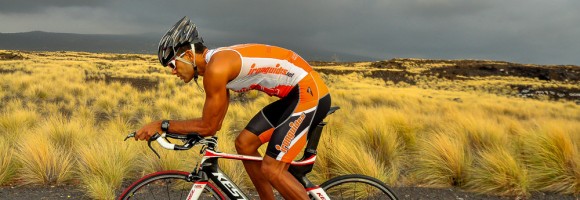

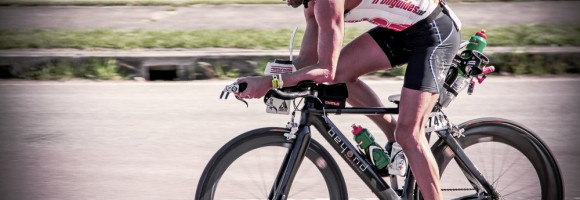


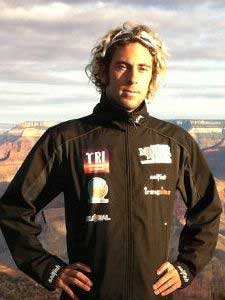 Alun ‘Woody’ Woodward, Certified ironguides Coach – UK/Hungary
Alun ‘Woody’ Woodward, Certified ironguides Coach – UK/Hungary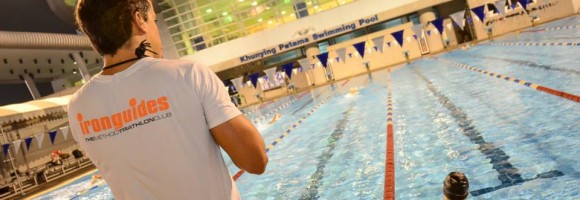
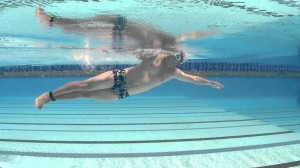
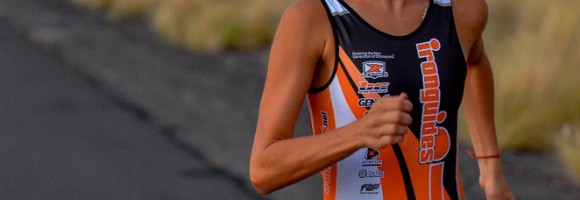
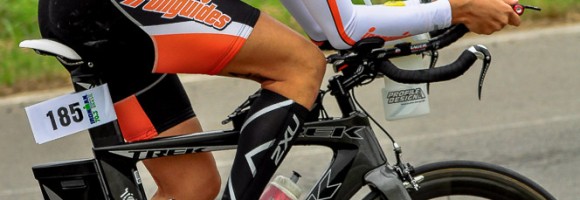
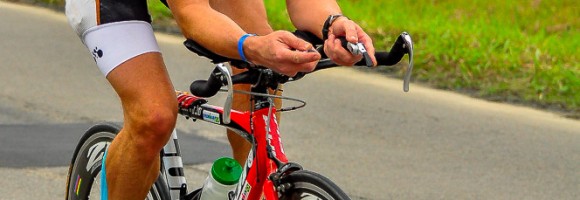
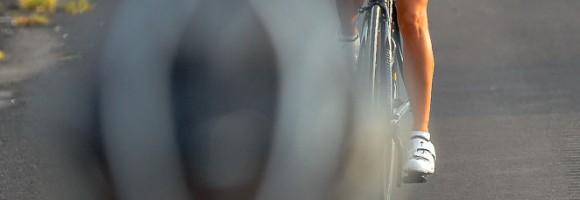
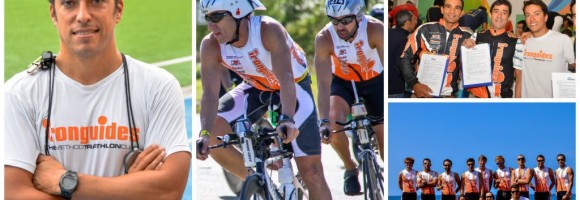
Recent Comments